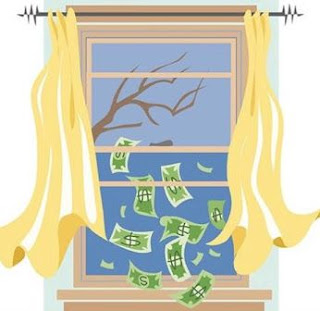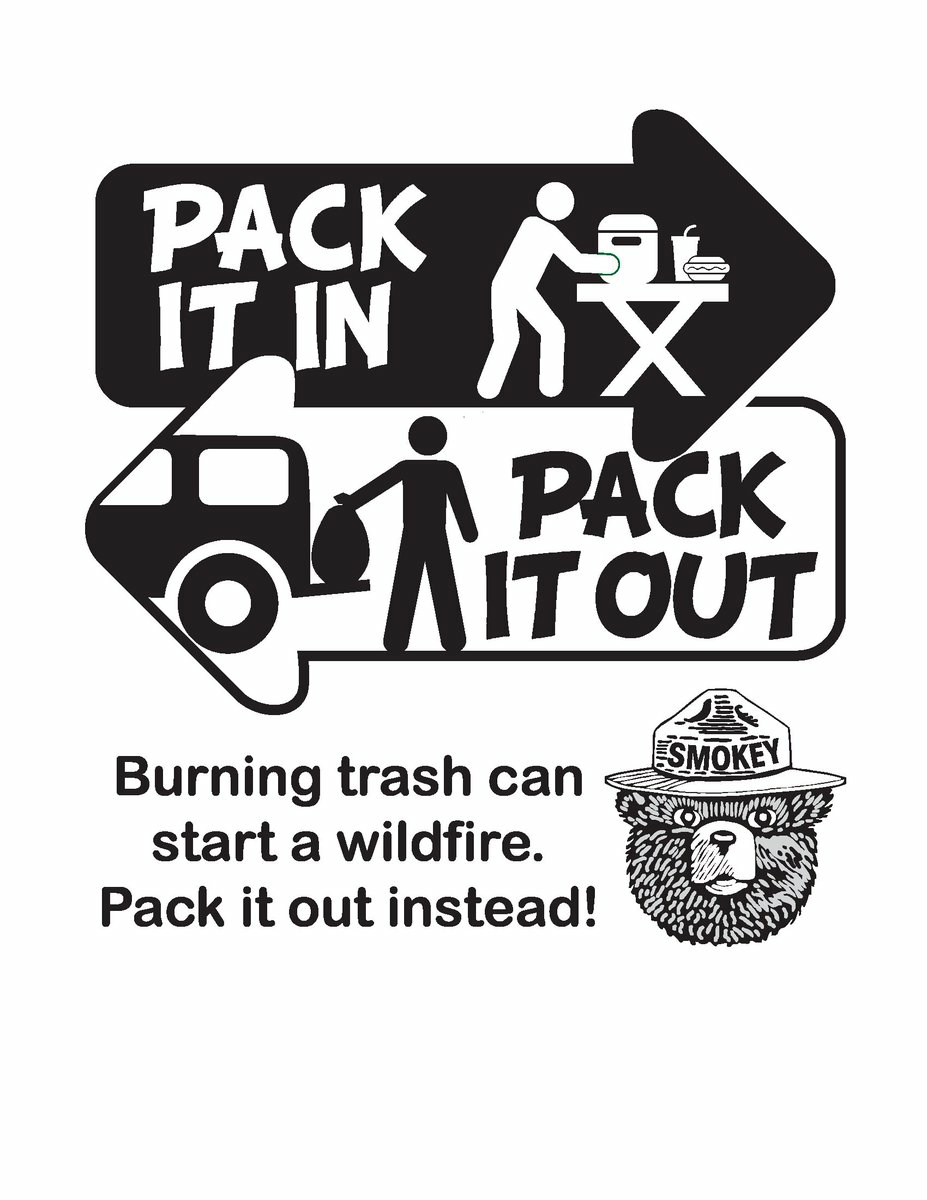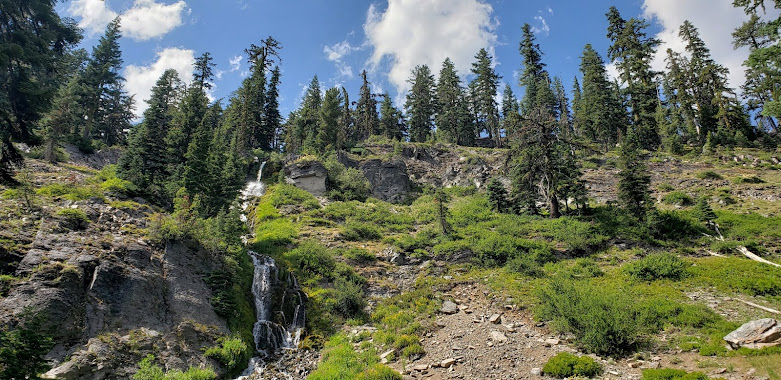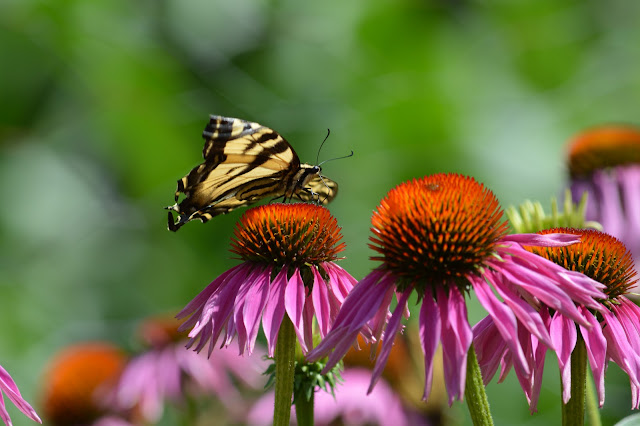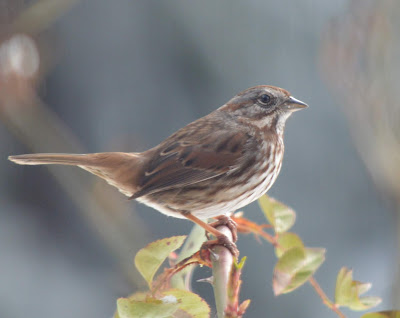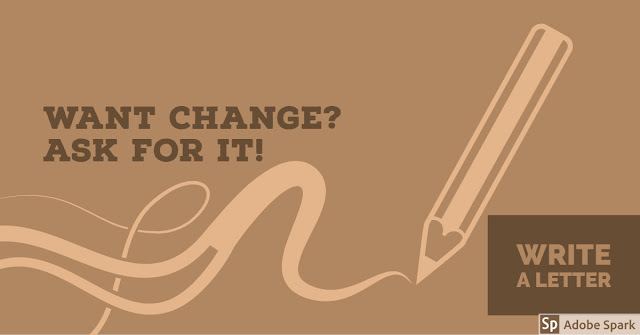Give a Gift That Gives Back to the Environment

“For it is in giving that we receive.” ―St. Francis of Assisi Typically, during the holiday season, we purchase gifts that are not environmentally friendly. Frankly, the holiday season is filled with wasteful traditions. Consumerism is one of the top contributors to waste, environmental degradation, and climate change. One way to reduce environmental degradation and improve your carbon footprint while giving a gift to a loved one is to give a gift that benefits the environment. Before purchasing material goods as a gift, consider supporting the environment by giving one of the following gifts! Living Tributes The U.S. Forest Service and the Arbor Foundation sell living tributes, which are trees planted in the in honor of a named loved one. The honoree receives a customized greeting card in the mail detailing the type and location of the tree. Additionally, the environment will get a boost by increasing the number of trees, which will filter carbon dioxide out of the air. Eco-
